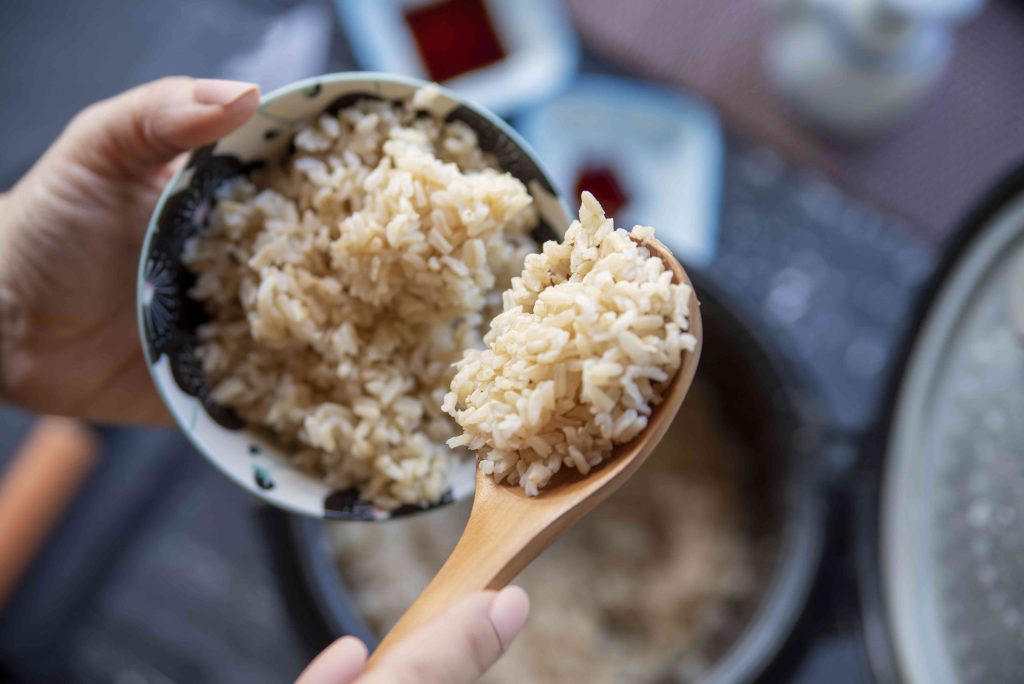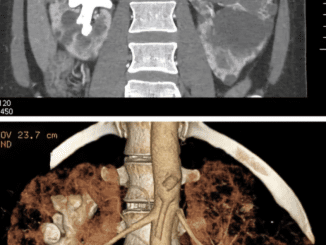Leftover rice is a common occurrence in many households, but knowing how long it can be safely stored in the refrigerator is crucial to avoid foodborne illnesses. Rice, when stored improperly, can become a breeding ground for bacteria, leading to potential health risks. In this article, we’ll explore the best practices for storing leftover rice, how to recognize signs of spoilage, and tips to ensure your rice remains safe to eat.
Understanding Storage Duration: How Long Can Rice Last?
When it comes to leftover rice, the general rule is that it can be safely stored in the refrigerator for up to 4 to 6 days. This timeframe is based on the potential growth of harmful bacteria, such as Bacillus cereus, which can survive the cooking process and multiply if rice is stored incorrectly. Consuming rice beyond this recommended period increases the risk of foodborne illness, so it’s essential to adhere to these guidelines.

Why Storage Duration Matters
To maximize the shelf life of your leftover rice and minimize the risk of bacterial contamination, follow these storage tips:
1. Cool Rice Quickly
After cooking, it’s important to cool rice as quickly as possible before placing it in the refrigerator. Allowing rice to sit at room temperature for too long can lead to the rapid growth of bacteria. Ideally, rice should be transferred to an airtight container and placed in the fridge within 1 to 2 hours of cooking. Spreading the rice out on a baking sheet or placing the container in an ice bath can help speed up the cooling process.
2. Use Airtight Containers
Storing rice in airtight containers is key to keeping it fresh. Not only does this prevent the rice from drying out, but it also stops it from absorbing odors from other foods in the fridge. Properly sealed containers help maintain the rice’s texture and flavor, making your leftovers just as enjoyable as when they were freshly cooked.
3. Reheat Rice Thoroughly
When you’re ready to eat your leftover rice, it’s crucial to reheat it thoroughly to a temperature of at least 165°F (74°C). This temperature is necessary to kill any bacteria that may have developed during storage. It’s best to reheat only the portion of rice you plan to consume, as repeatedly cooling and reheating can further increase the risk of bacterial growth.
Recognizing the Signs of Spoilage in Rice
Even with proper storage, it’s important to check leftover rice for signs of spoilage before consuming it. Here are some key indicators that your rice may no longer be safe to eat:
1. Off Odor

One of the first signs that rice has spoiled is an unusual or sour smell. Fresh rice has a neutral, pleasant aroma, so if you detect any off-putting odors, it’s best to err on the side of caution and discard the rice.
2. Visible Mold
Mold is a clear indication that the rice is no longer safe to eat. If you notice any discoloration or fuzzy spots, it’s time to throw the rice away. Mold can appear in various colors, including green, black, or white, and it’s not worth taking the risk of consuming even a small portion.
3. Slimy Texture
While rice naturally has a slightly sticky texture, especially varieties like jasmine or sushi rice, a slimy or overly sticky feel beyond its normal consistency is a red flag. This change in texture suggests that bacteria have begun to break down the rice, making it unsafe to eat.

Leftover rice can be a convenient and versatile ingredient for quick meals, but it’s important to store and handle it properly to avoid any health risks. By cooling rice quickly, using airtight containers, and reheating thoroughly, you can safely enjoy your leftover rice within the recommended 4 to 6-day storage period. Always be mindful of signs of spoilage, and when in doubt, it’s safer to discard questionable leftovers.
By following these guidelines, you can continue to enjoy delicious, safe, and satisfying meals using your leftover rice, without the worry of foodborne illnesses.


